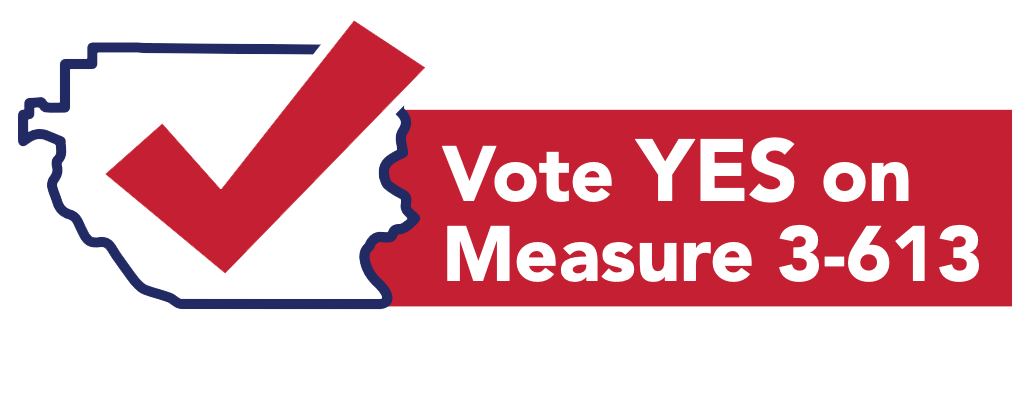In today’s significantly interconnected world, the capacity to function collaboratively is a vital skill. As conventional academic paradigms evolve to fulfill the demands of the 21st century, collaborative learning becomes an essential idea. This short article delves into the complexities of collaborative discovering, discovering its benefits, strategies, and difficulties, while offering insights into how it shapes modern-day education.
Collaborative knowing goes beyond just collaborating.

It embodies an academic method where people participate in a cumulative initiative to get knowledge, resolve issues, and accomplish an usual goal. This approach stresses the value of variety in idea and cultivates deeper understanding via interaction and common experience.
The Advantages of Collaborative Understanding
Joint understanding supplies a myriad of benefits, making it a preferred method in educational setups around the world. Among the key benefits is the enhancement of crucial thinking abilities. As learners involve with peers, they are revealed to various point of views, encouraging them to evaluate and evaluate information a lot more seriously.
One more considerable benefit is the enhancement in communication abilities. Collective understanding settings require energetic listening, express expression of ideas, and respectful discourse. These abilities are important, not simply academically, but in expert and social contexts as well.
Cognitive advancement is also especially bolstered through collective efforts. Collaborating needs learners to verbalize their reasoning, difficulty presumptions, and incorporate various viewpoints, resulting in deeper cognitive handling and retention.
- Enhanced vital thinking
- Enhanced communication abilities
- Increased cognitive advancement
- Greater retention prices
- Promoting of social and leadership skills
The advancing effect of these benefits is a much more alternative educational experience. Learners not only acquire understanding but likewise develop necessary life abilities that prepare them for future joint endeavors in any field.
Techniques for Efficient Collaborative Discovering
Implementing joint learning successfully requires thoughtful method and planning.

Educators has to develop a setting conducive to cooperation, where learners feel risk-free and motivated to get involved openly. Here are some techniques that can promote successful joint learning experiences.
Firstly, developing clear goals and expectations is vital. When students understand the objectives and their functions within the group, they are more likely to engage meaningfully. Educators needs to interact these purposes explicitly and ensure they are lined up with the educational program.
Second of all, the use of varied team frameworks can enhance the understanding experience. By varying group structure, whether by skill level, passion, or background, teachers can boost vibrant communications and an extra comprehensive understanding of the product.
Obstacles in Collaborative Knowing
While collective discovering supplies various benefits, it is not without its difficulties. One typical concern is the disparity in group participant participation. Some people may dominate conversations, while others might be Jay had three cupcakes he divided the cupcakes by 1/3 how many pieces of cupcakes does Jay have now much less likely to add, leading to an imbalance in the learning experience.
- Diverse degrees of involvement
- Prospective for conflict
- Time management problems
- Diverse degrees of dedication
Additionally, conflicts can emerge because of differing point of views, functioning designs, or misunderstandings. Educators must be outfitted to manage these conflicts efficiently, fostering an environment where considerate dialogue prevails.
The Role of Technology in Collaborative Knowing
In the digital age, innovation plays an peer-to-peer learning important duty in assisting in joint knowing. On the internet systems damage geographical obstacles, enabling individuals from diverse places to collaborate in genuine time. These tools use a plethora of attributes that enhance collaborative efforts, from shared papers and discussion forums to digital meeting areas.

Innovation not just expands the scope of who can participate in collective learning but likewise improves the high quality of interaction. Learners can access a wider variety of resources, engage with interactive web content, and use their expertise in innovative methods.
Future of Collaborative Knowing
Looking in advance, the future of collaborative knowing appears promising. As universities remain to accept technology and innovate instructional methods, cooperation will likely come to be a cornerstone of finding out experiences at all degrees of education and learning.
Eventually, the essence of joint discovering lies in its ability to encourage individuals through shared initiative and good understanding. As we move on, growing these experiences will certainly be important in preparing students not simply to succeed academically, but to thrive in a complicated, interconnected globe.
